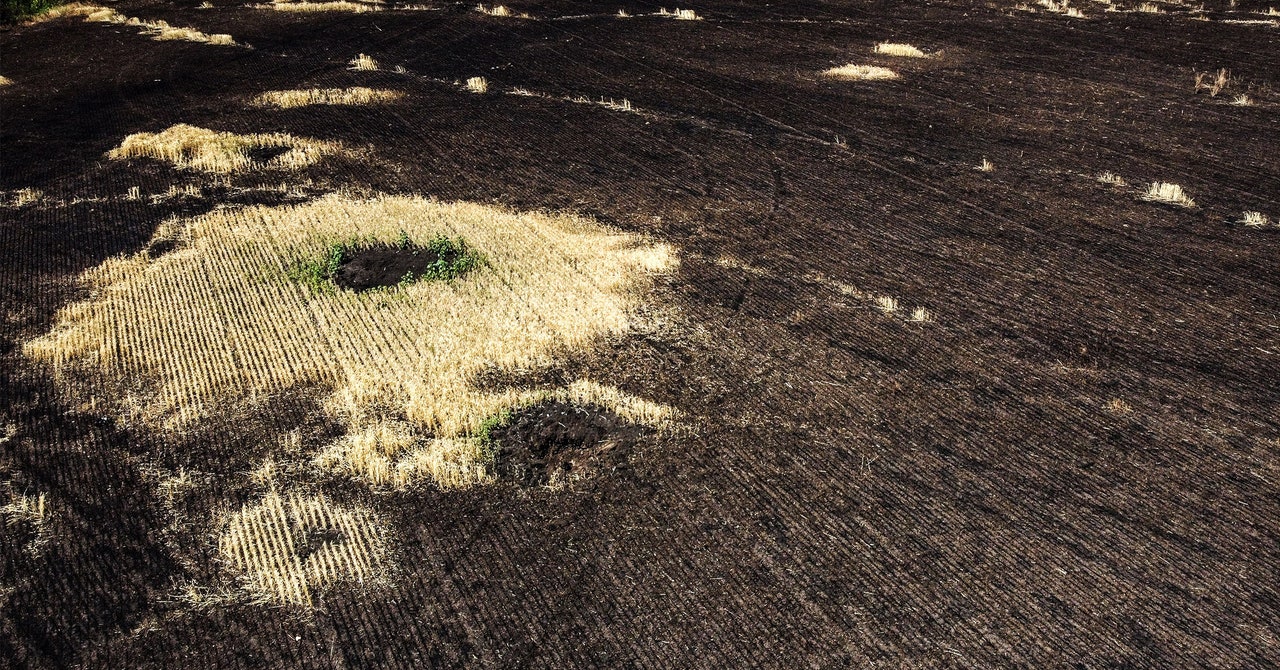Nearly 10 million metric tons of Ukrainian grain has been affected by the Russian invasion, according to a new analysis of satellite images. One in six grain storage facilities in Ukraine – with a total capacity of 58 million tons – has been affected by the conflict, either through damage, destruction or coming under Russian control.
The Conflict Observatory, the organization that conducted the analysis, found substantial evidence of damage to grain silos from indiscriminate or targeted bombing. And as the conflict continues, concerns are being raised about crops to be planted now. “If Ukraine doesn’t have enough storage capacity, farmers may not plant winter wheat,” said Nathaniel Raymond, co-leader of the Humanitarian Research Lab and a teacher at Yale’s School of Public Health who led the project. “If they can’t store the upcoming harvest, it’s going to be an availability crisis.”
To get a good idea of the damage done to grain storage facilities in Ukraine, the Conflict Observatory, in collaboration with the US Department of Energy’s Oak Ridge National Laboratory, built an object-detection algorithm that could analyze commercial satellite imagery. to previously unidentified silos that had been damaged during the conflict. The team used historical satellite images and images of storage facilities known to have suffered damage to train the algorithm to find other facilities that were also affected. The investigation focused on certain areas that were within range of known rocket fire. From there, the researchers were able to estimate approximately how much grain had been destroyed.
While the researchers couldn’t analyze every facility — the country has about 1,300 grain silos, of which the report examined 344 — this is the largest assessment to date.
“Efforts have been made to estimate the damage to grain storage capacity in Ukraine because of the clear and current threat to the global food supply,” said Raymond. “The amount of grain that can be stored in these facilities, which we looked at, represents almost a quarter of the grain supply in Ukraine.”
Months after its invasion, Russia blocked grain exports from Ukraine, threatening a global food crisis. “For people around the world, the war, along with the other crises, threatens to unleash an unprecedented wave of hunger and poverty, with social and economic chaos in its wake,” UN Secretary-General António Guterres said in June. In late July, Russia agreed to allow some shipments of the 20 million tons of grain and other food held up in the country from certain Ukrainian ports. Although global food prices have begun to fall in response, Russian President Vladimir Putin has since threatened to end the deal.
The need for stable grain storage infrastructure in Ukraine is acute. Cereals and other crops often need to be stored under very specific conditions to prevent spoilage. Any variation in factors such as temperature or humidity can drastically shorten the shelf life of the crops. According to the report, even if a storage structure appears largely intact, even minor damage can lead to poor harvests.

